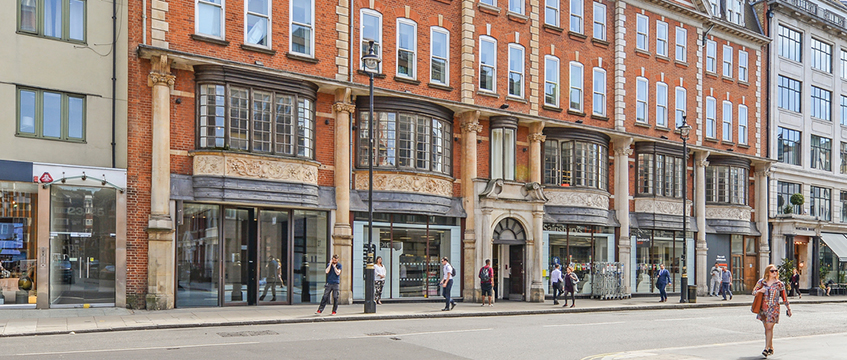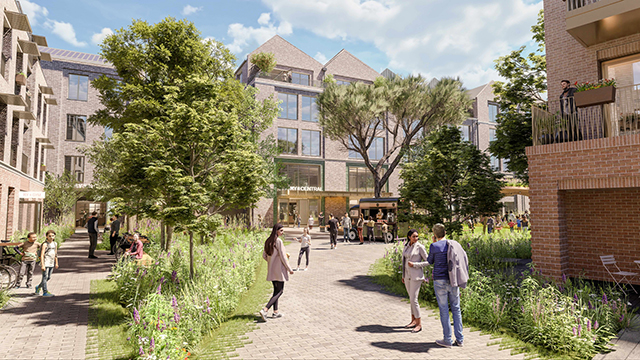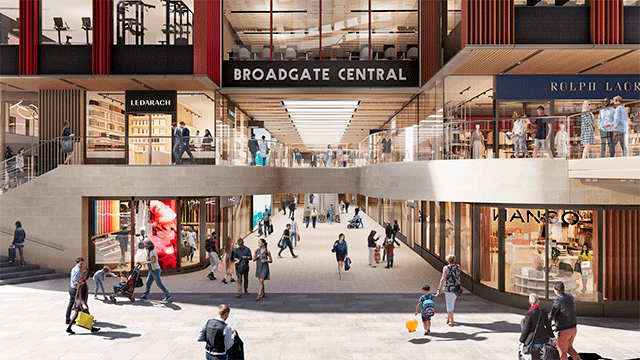S IMMO has stated that it is to sell residential properties in Berlin in the near future. Why are you selling now when everyone else seems to want to invest in the capital?
That’s exactly the reason. Prices have already reached a decent level and we anticipate value increases. We have already sold €20m of property in Berlin and €40m in Hamburg. We make the most efficient use of shareholders’ investment and the fact that you can buy residential property at NAV.
But S IMMO shares can be bought below NAV, which has led us to the decision to sell our properties, and we are selling them for more than the latest valuation. The crucial factor for investments is rent, which means we work on the buildings and fill them with tenants. This is easier in Berlin than, for example, in Vienna because Berlin has a 10% tenant turnover per year.
Berlin is also a tourist magnet and flats are commonly being converted into tourist apartments. What impact will that have on the property market?
It takes away supply. In a comparable low-rent environment, landlords often find use types that will make more money. This might be why we are seeing an increase in rent in Berlin. The average price per m2 will eventually reach a level where it makes sense to build again, as currently only luxury apartments are being developed.
At current prices, developing is more expensive than buying existing properties. What long-term impact do you think that will have on Berlin’s market and S IMMO’s investments?
In the residential sector we will have to wait until it makes sense to build. So far, S IMMO has not built anything in Germany. In Munich, for example, we are past this point, as property prices have increased above a certain level. In Berlin, on the other hand, it will take another one or two years because supply has to yet decrease a bit further. When you develop you do want to earn properly, at least double what you earn with existing properties.
Prices in Berlin have not risen as far as in other metropolises, such as Stockholm, Paris, London or Brussels, and are still below 1990 levels. Why did property prices never get back to this level?
After 1989 the German government intervened in order to further new developments in East Germany and introduced tax reliefs for developments in Germany. For this reason numerous tax-driven developments took place, even though the demand was not there. The market could not absorb this, which resulted in a slump in prices. Now there is not enough supply and we are starting to see a gradual improvement. It is gradual because it is not a yield game but an equity game. People take equity from pfandbriefs or their bank accounts and invest it into property.
Berlin’s residential rental market is regulated with the rent index (Mietspiegel). What impact does that have for property investors?
The Mietspiegel is a good compromise for the interests of tenants and landlords. The system protects the rent the current tenant is paying and ensures that the new tenant pays only the market rent. The landlord, on the other hand, is allowed to increase the rent in the direction of the rent index by 20% in steps over three years.
Why do you think it is a good idea to invest into the German market now?
The German residential market is a liquid market and residential investments provide a stable income, as 85% of Berlin’s citizens rent. Thirdly, deleveraging is a major topic at the moment and this is easier with inflation, which depresses the value of money and inflates the value of assets.










